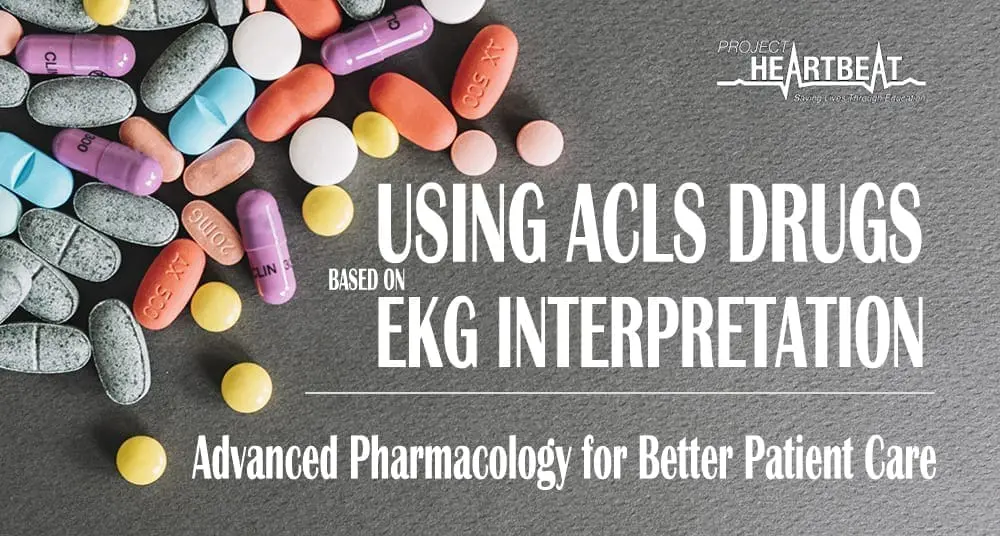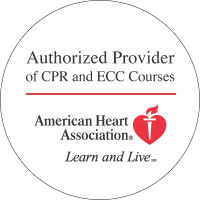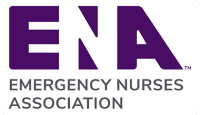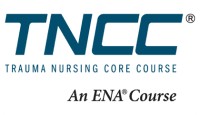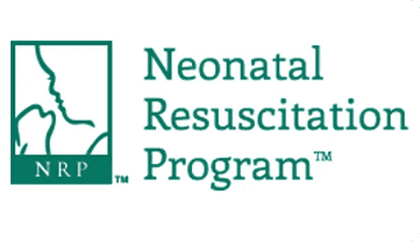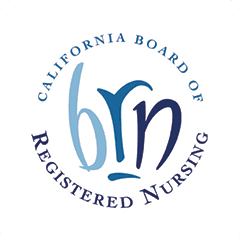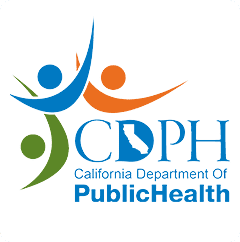One of the biggest differences between having a BLS certification and a more advanced ACLS certification is the difference in what you will be allowed to do during a code. While BLS focuses on the basic life support skills of CPR, ACLS builds on that information with more advanced knowledge of how to respond to a patient during respiratory arrest, cardiac arrest, shock, acute coronary syndrome or stroke. You will learn more about airway management, and you will focus a significant amount of your learning time on the advanced pharmacology used during a code.
Drugs Used For ACLS Algorithms
While many of the drugs used in ACLS have changed slightly over the years, here are the ones most commonly seen with the most recent AHA Guideline revisions from 2015.
Epinephrine
One of the most frequently given drugs in cardiac arrest, this drug can also be used for symptomatic bradycardia following atropine. It is usually given through IV but can also be given through the ET tube.
Lidocaine
This drug is usually used for V-fib or V-tach as an IV bolus that can be repeated up to two additional times before an infusion can be started.
Atropine
This drug is typically given for patients with symptomatic bradycardia. It can be given via IV or through the ET tube.
Amiodarone
This anti-arrhythmic is used for pulseless V-tach and V-fib. The first dose should be given rapidly, and a second dose may follow. Some patients may need an amiodarone drip.
Adenosine
This anti-arrhythmic is most commonly used for supraventricular tachycardia. It should be given rapidly for the first dose, and a second dose may follow.
Dopamine
This IV drug is most frequently given to raise the blood pressure as a continuous infusion.
Other drugs that are also included on various ACLS algorithms include the following:
- Magnesium
- Beta-blockers
- Dilitazem
- Digoxin
- Verapamil
- Nitroglycerin
- Aspirin
- Heparin
- tPA
- Nitroprusside
- Nicardipine
Of course, you may use additional drugs depending on other ongoing concerns that your patient may be facing. For example, your patient may already be on sedation or on paralytics. He may also have antibiotics running through his IV. When the code starts, consider disconnecting IV medications that are not vital to sustaining life so that you have better IV access.
In addition, if you are the individual giving medications, be sure to state out loud exactly what you are giving and what dosage you are using so the individual who is charting has the correct information. Although medication is not the only treatment modality used during a code, it is often one of the most important when used along with adequate chest compressions and ventilation. Therefore, knowing proper drugs and dosages based on dangerous EKG rhythms is vital to a successful code.
The best way to learn more about the medications currently recommended by the American Heart Association for use during a code is to take an ACLS certification class. This class from Project Heartbeat will give you the most up-to-date information while also giving you several chances to practice your newfound knowledge. If you are already an ACLS-certified provider but feel that you need to improve your skills, consider taking the ACLS re-certification class. When you realize that your patients are depending on you for their lives, you will be glad that you know exactly how to help them.

